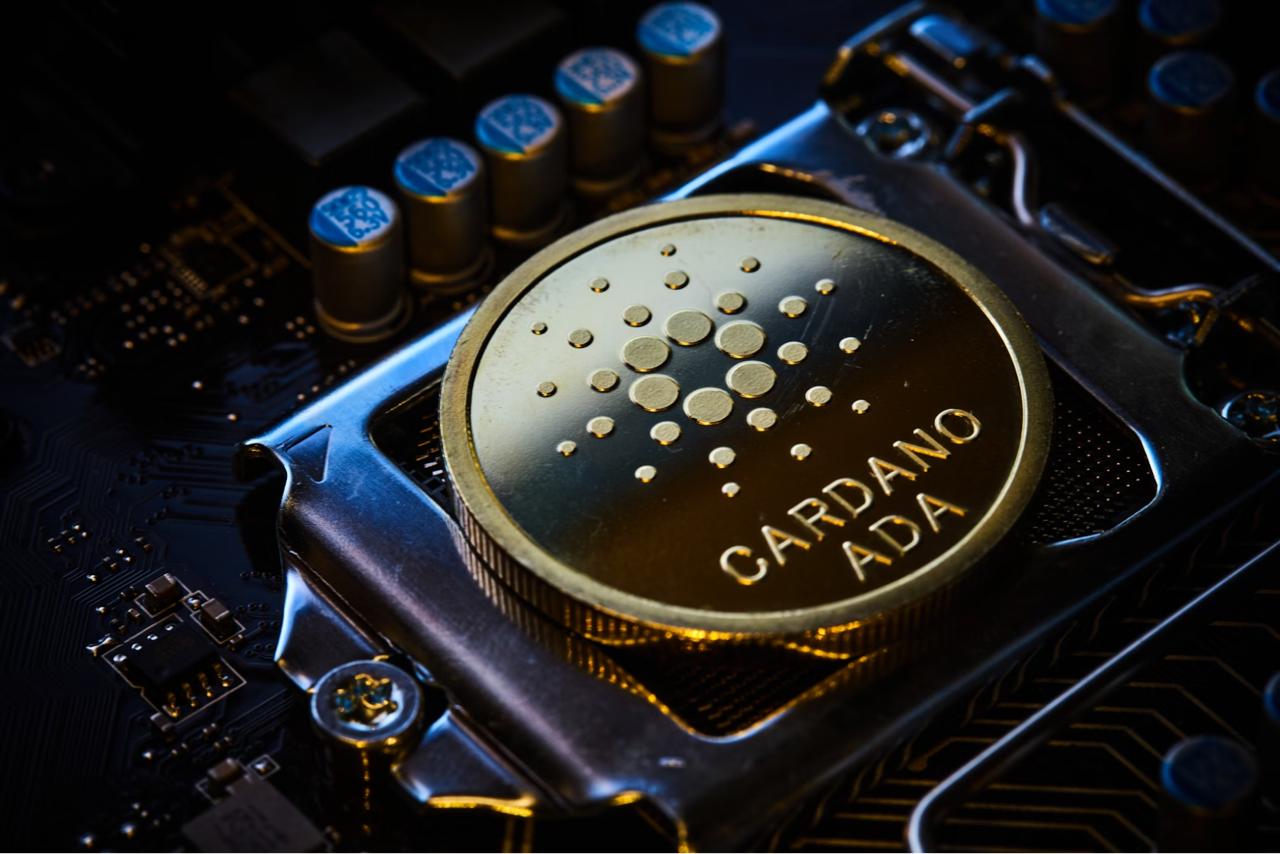Ah, the latest adventure of Cardano! They are embarking on a quest, not for the Holy Grail, but for a more resilient, scalable, and diverse blockchain. Yes, they want to reduce the danger of placing all their eggs in a single basket. A basket that could be, unfortunately, riddled with bugs, exploits, or just bad vibes. How charming.
Why Node Diversity Is Becoming Essential
Imagine a kingdom where only one knight defends the entire realm. If that knight falls (say, he trips on his own sword), the whole kingdom is in jeopardy. Cardano, in all its wisdom, recognizes that having a *variety* of knights (or nodes, in this case) is key to survival. Different teams, different languages, different solutions—it’s a recipe for *safety*. And, of course, innovation. What a delightful mix.
By having multiple node implementations, Cardano can avoid the fate of relying solely on one client that could collapse under pressure. Instead, the kingdom can enjoy a rich variety of specialized nodes, fine-tuned for specific platforms and performance demands. What a marvelous way to ensure decentralization! A feast for the eyes of any blockchain enthusiast!

Key Upgrades for the Cardano Node
Now, let’s dive into the real meat of the matter—upgrades. IOHK, the creators of Cardano, have planned several enhancements to make their node a work of art for all those brave enough to run it. Take a look, dear reader:
- Log-Structured Merge (LSM) Trees: Moving to a fancy memory optimization process to reduce memory usage. It’s like upgrading from a horse-drawn cart to a sleek sports car for your data. All hail the LMDB and LSM library!
- Staking Incentive Redesign: IOHK is pondering a shift in the reward structure, aiming to bring fairness to the land. Smaller, independent stake pool operators will have a chance to shine—no more monopolies, thank you very much!
- Anti-Grinding Enhancements: To fend off those pesky manipulators who think they can outsmart Ouroboros, IOHK is developing cryptographic measures. All for fairness, and all for *settlement guarantees*. Who doesn’t love a little extra security?
- Tiered Transaction Fees: Imagine a world where you can choose your transaction speed. Well, it’s almost here! You’ll be able to pick from standard, priority, or assured tiers. Each tier comes with its own promise of how quickly your transaction will be included. It’s like ordering from a restaurant with *actual* fast service. Finally!
Local Nodes for Trustless User Access
But wait, there’s more! IOHK is working on a *desktop node* that will let users interact directly with the blockchain without needing a third-party API. Trustless? Yes, indeed! This node will only store the relevant data for the user—no unnecessary baggage, just what you need. It’s as if Cardano said, “Forget the middleman!”
Say goodbye to relying on centralized services and hello to a world where even individuals can serve as data providers. A dream come true for decentralization enthusiasts everywhere!

Project Acropolis: Unlocking a Modular Future
Now, for the pièce de résistance: Project Acropolis. Cardano is transforming its node into a modular, language-flexible architecture. And why? Because the old Haskell-based design, while secure, wasn’t exactly inviting to developers. They needed a more inclusive, speedy system. Enter Rust-based modules and the Caryatid framework—yes, the future is here!
What’s on the agenda? Here’s what’s coming down the pipeline:
- Data nodes with open interfaces (Q1–Q2 2025)
- Validation and block production for full Praos operation (Q3–Q4 2025)
- Modernizing DB Sync with Rust components (Goodbye, old friend!)
- Exploring scalability with Leios in 2026 (because why stop here?)
This new architecture will make developers’ lives easier, reduce hardware requirements, and—wait for it—speed up syncing times! Plus, it will ensure that Cardano’s network is as sustainable as your grandma’s secret recipe for stew. Yummy, right?
Conclusion
Cardano is evolving, and its move towards a diverse, modular node design is a monumental step towards decentralization and scalability. By offering both technical improvements for operators and user-centric tools, they are positioning themselves for world domination. Well, at least blockchain domination. A future filled with inclusivity, resilience, and, let’s not forget, *plenty* of scalability.
Source
Read More
- Gold Rate Forecast
- Silver Rate Forecast
- PUBG Mobile heads back to Riyadh for EWC 2025
- Honor of Kings returns for the 2025 Esports World Cup with a whopping $3 million prize pool
- Kanye “Ye” West Struggles Through Chaotic, Rain-Soaked Shanghai Concert
- USD CNY PREDICTION
- Arknights celebrates fifth anniversary in style with new limited-time event
- Mech Vs Aliens codes – Currently active promos (June 2025)
- Every Upcoming Zac Efron Movie And TV Show
- Superman: DCU Movie Has Already Broken 3 Box Office Records
2025-06-10 14:46